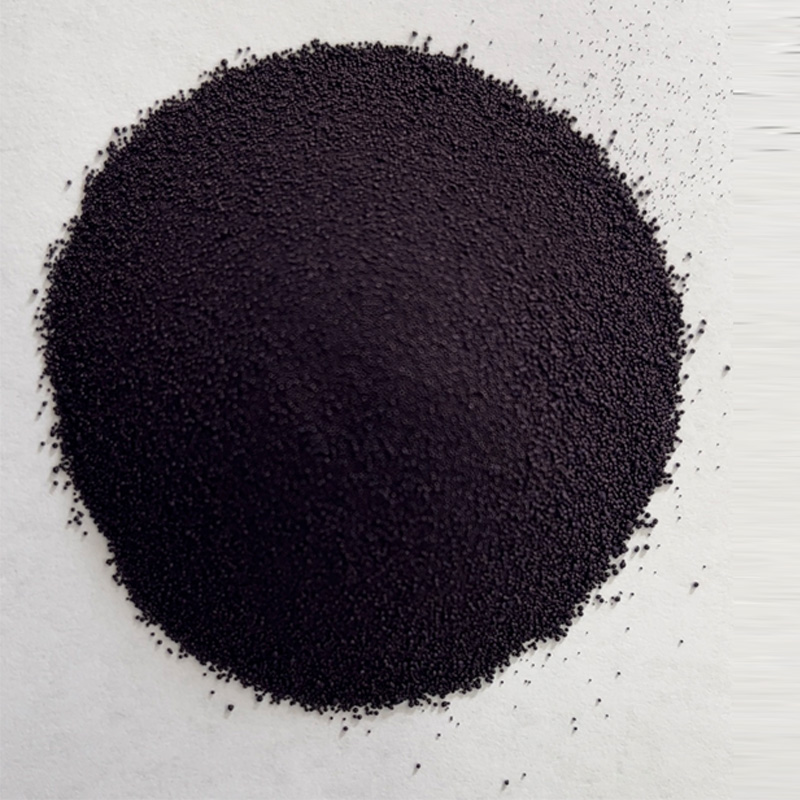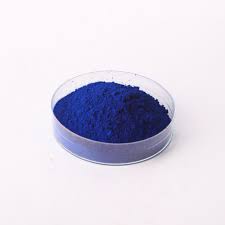odm dark indigo dye for jeans


Packaging the denim with authenticity and authority appeals to the market’s appetite for credible craftsmanship. Certifications or collaborations with certified organic and fair-trade suppliers can augment the brand’s reputation for integrity and responsibility. Additionally, showcasing transparent manufacturing processes through detailed storytelling, from dye application to the finishing touches on the jeans, can establish brand trustworthiness, creating a loyal consumer base. A significant part of this authenticity is also addressing potential customer concerns such as dye bleeding, which occurs when excess dye transfers from fabric to skin or other clothing items. Providing clear care instructions and assurances can mitigate these concerns. Encouraging gentle washing with cold water and avoiding overexposure to sunlight will help maintain the jeans' deep indigo color and ensure satisfaction with the product's longevity. In conclusion, the use of dark indigo dye for jeans within an ODM model highlights not only a return to traditional dyeing methods but also the importance of expert execution and sustainable practices. By embodying expertise, establishing authority, and earning customer trust, manufacturers can position their products at the pinnacle of quality and craftsmanship, thus making a distinctive mark in today's competitive denim industry.
-
The Timeless Art of Denim Indigo Dye
NewsJul.01,2025
-
The Rise of Sulfur Dyed Denim
NewsJul.01,2025
-
The Rich Revival of the Best Indigo Dye
NewsJul.01,2025
-
The Enduring Strength of Sulphur Black
NewsJul.01,2025
-
The Ancient Art of Chinese Indigo Dye
NewsJul.01,2025
-
Industry Power of Indigo
NewsJul.01,2025
-
Black Sulfur is Leading the Next Wave
NewsJul.01,2025

Sulphur Black
1.Name: sulphur black; Sulfur Black; Sulphur Black 1;
2.Structure formula:
3.Molecule formula: C6H4N2O5
4.CAS No.: 1326-82-5
5.HS code: 32041911
6.Product specification:Appearance:black phosphorus flakes; black liquid

Bromo Indigo; Vat Bromo-Indigo; C.I.Vat Blue 5
1.Name: Bromo indigo; Vat bromo-indigo; C.I.Vat blue 5;
2.Structure formula:
3.Molecule formula: C16H6Br4N2O2
4.CAS No.: 2475-31-2
5.HS code: 3204151000 6.Major usage and instruction: Be mainly used to dye cotton fabrics.

Indigo Blue Vat Blue
1.Name: indigo blue,vat blue 1,
2.Structure formula:
3.Molecule formula: C16H10N2O2
4.. CAS No.: 482-89-3
5.Molecule weight: 262.62
6.HS code: 3204151000
7.Major usage and instruction: Be mainly used to dye cotton fabrics.

